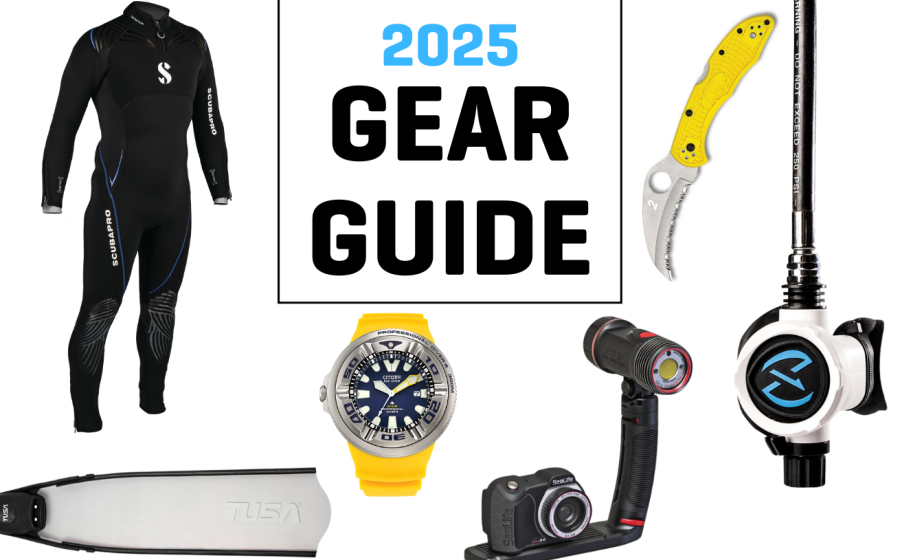| Bermuda Shipwrecks No one knows for sure how many ships are sunk off Bermuda, but it?s safe to say that hundreds of them were blown into shallow waters along the 230 square miles of coral reefs that engulf the island. The reefs claimed most of them: luxury liners, French frigates, Spanish galleons, tramp steamers, British mail packets and blockade-runners. Divers choose both historic and artificial wrecks to sample the diversity in warm waters where 100-foot visibility is not uncommon. The superstructures of historic wrecks have been scattered over the bottom by initial impact and innumerable storms throughout the years. Most artificial wrecks, sunk especially for divers, sit upright and intact after they're sunk, affording safe penetration and excellent photo opportunities.Bottom time is plentiful since most of Bermuda's wrecks are in 30 to 90 feet of water. The Marie Celeste is a favorite historic wreck. The 236-foot Civil War blockade-runner sank during a storm in 1864, while transporting crates of Enfield rifles to the Confederates in Wilmington, North Carolina. Part of her starboard paddle wheel is still visible, sticking out of the sand 50 feet deep. Not far from the Celeste, the 156-foot Hermes sits upright in 50 to 75 feet of water. Sunk by local dive operators, the intact freighter sits upright on the reef, her hatches and doors removed for safe penetration. You get two for the price of one when diving the Constellation, just a few strokes of your fins from the Montana; both are only 30 feet deep. The schooner Constellation, sunk in 1943, carried a general cargo that included thousands of drug ampules. It became the inspiration for Peter Benchley's adventure novel The Deep, later made into a movie. The Montana, another paddle wheel blockade-runner, sank in 1863. Most of her cargo was salvaged and the crew rescued before she sank. Today, divers pore over the ship's engine, paddle wheels and boilers that rest beneath a blanket of red algae, fire coral and gorgonians.Bond Wrecks, Nassau, Bahamas They call them the Bond Wrecks, remnants of the James Bond thrillers that were filmed off the southwest shore of New Providence Island (Nassau), Bahamas. A 100-foot-long freighter, Tears of Allah, was sunk in 50 feet of water for scenes in the film Never Say Never Again. Nearby rests the skeletal framework that was once an airplane used in Thunderball, one of the earlier Bond productions. The freighter resembles a tugboat with a standard pilothouse and short bow. Divers swim through the wreck, where squirrelfish, coneys, grunts and porkfish nestle in its shadows. The airplane?s frame is covered with gorgonians and sea whips, perfect hiding places for an abundance of marine life.Cape Breton, Vancouver Island, British Columbia It's only fitting that the sinking of the HMCS Cape Breton off Vancouver Island on October 21, 2001, was not too long after the HMCS Yukon was scuttled off San Diego. The sisters, both decommissioned Canadian naval warships, have become preferred dive locations, hosting thousands of North American divers. The Nanaimo Dive Association sank the 366-foot-long Cape Breton off Snake Island, Nanaimo, where she settled upright in 145 feet of water. The crow's nest is at 40 feet, the top of the stack at 50 feet, the captain's quarters at 85 feet, and the main deck at 100 feet. The engine room, dubbed British Columbia's signature dive, is at 142 feet.Capt. Keith Tibbetts, Cayman Brac Cayman Brac's major dive attraction should be inscribed From Russia with love. The 330-foot-long vessel, rechristened Capt. Keith Tibbetts, is the only divable Russian warship in the western hemisphere. Sunk six years ago in 50 to 100 feet of water, it has become a must do for divers staying in Cayman Brac or nearby Little Cayman. Its massive turrets, with twin guns poking out, create an impressive spectacle for those who have never visited a warship. Divers inspect the radar tower and wheelhouse, where stingrays, Goliath groupers and tarpon hang out. The wreck can be reached by boat or from shore, and the water is clear enough even for snorkelers to get a good gander at this former Russian marauder.Hilma Hooker, Bonaire Divers in Bonaire had a field day in 1984, helping sink the Hilma Hooker, a former Caribbean drug runner. The 235-foot steel-hulled freighter, resting on its starboard side in 60 to 100 feet of water, has large, open cargo holds leading to safe inspection of the wreck's interior. Sponges, star coral, nudibranchs and droves of other marine organisms cling to the wreck. Snappers, angelfish, grunts and groupers are just a sample of the many fish that call the Hooker home. Accessible from land or by boat off the island?s south shore, the site is easily identified by a string of buoys that are anchored in front of the Trans World Radio towers. This site also makes for an exceptional night dive.Superior Producer, Curacao The ship, heavily overloaded with commercial goods bound for resale on the Venezuelan island of Margarita, an unwise decision to depart the port of Willemstad in stormy weather in November 1977 resulted in the capsizing of this 240-foot Caribbean cargo vessel. While the captain and crew swam to shore, enterprising divers and snorkelers embarked on a salvage mission that resulted in a nonstop forage that picked the ship clean of its intended bounty within days. Needless to say it was an early Christmas for many Curacaoans. The ship now sits upright in 80- to 110-foot of water just outside the entrance to the Willemstad harbor and can be easily accessed from shore as well as by boat |
|










